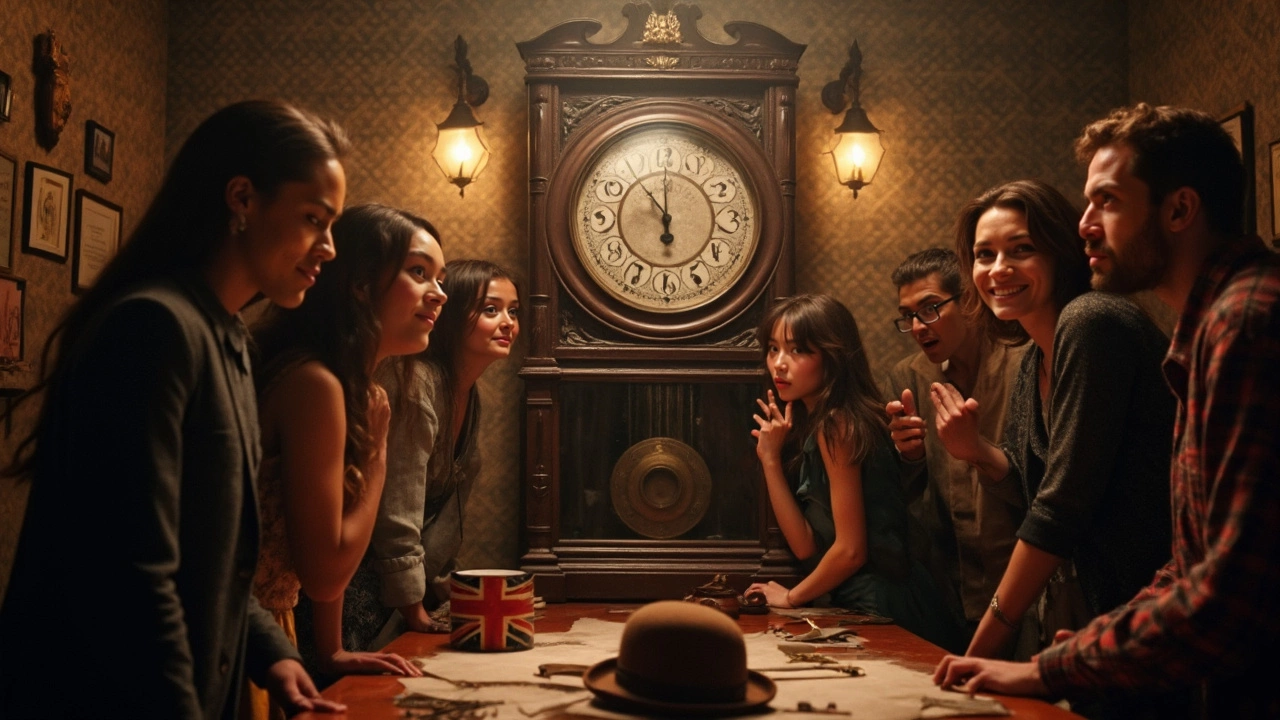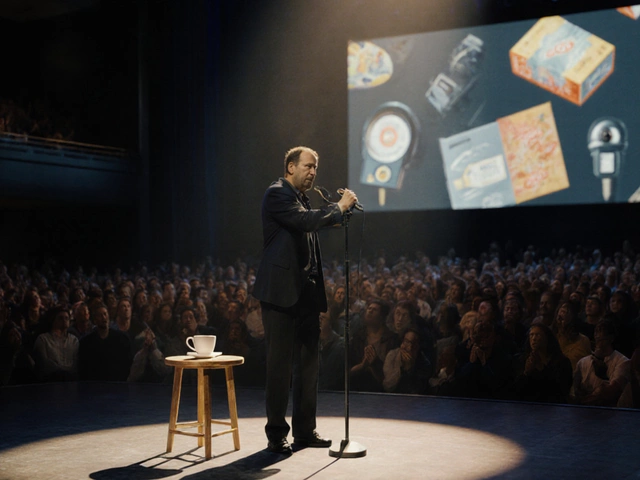Escape Room Timing: How Long Does a Game Usually Last?
If you’ve ever booked an escape room, you’ve probably wondered exactly how much time you’ll get inside the puzzle‑filled room. Most venues set the clock at 60 minutes, but the real story is a bit messier. In this guide we’ll break down the average game length, the things that can stretch or shrink that window, and simple tricks to get the most out of every minute.
What Affects Escape Room Length?
The headline number—60 minutes—is a starting point, not a guarantee. Here are the main variables that can change the timing:
- Room difficulty. Easy rooms often see groups finishing in 45‑50 minutes, while hard rooms can push you right to the buzzer.
- Group size. Larger teams can split tasks faster, but they also need more coordination. A group of two might take longer than a group of six if they’re not organized.
- Experience level. First‑timers usually waste time reading clues twice or trying the wrong combos. Veteran puzzlers cut straight to the chase.
- Game design. Some rooms include built‑in pauses—like a hidden safe that only opens after a timer runs down. Others flow continuously with no dead‑ends.
- Staff instructions. A clear briefing at the start can shave minutes off the total. If the game master skips details, you’ll spend extra time figuring things out.
Because of these factors, you’ll see actual playtimes range from about 30 minutes in a super easy, short‑run scenario to the full hour in a tough, story‑driven adventure.
Tips to Make the Most of Your Time
Now that you know the clock can be flexible, let’s talk about how to keep it on your side. These tips work for any room, whether you have 30 minutes or a full hour.
1. Read the brief carefully. The game master will point out key rules, time limits, and any special items. Skipping this part is the fastest way to lose minutes.
2. Assign roles early. One person can be the “clue keeper,” another the “puzzle solver,” and a third the “inventory manager.” Clear roles stop you from stepping on each other’s toes.
3. Scan the room first. Walk around, note every lock, box, and odd object before you start solving. This quick survey gives you a mental map and avoids back‑tracking later.
4. Keep communication tight. Speak up when you find something useful, but keep it short. A quick “found a key under the rug” is better than a long story.
5. Use the hint system wisely. Most venues allow a limited number of hints. Save them for moments you’re truly stuck—don’t waste a hint on a clue that’s only a little confusing.
6. Stay calm. Panic makes you rush and miss obvious details. If you’re feeling the pressure, take a deep breath and refocus on the last clue you solved.
By following these steps you’ll shave precious seconds off each puzzle and keep the clock moving in your favor. Even if you don’t escape, you’ll leave feeling like you made the most of the time you had.
So next time you book a slot, remember the 60‑minute guideline is just a framework. The real timing depends on the room, your team, and how well you work together. With the right prep and a few smart habits, you’ll turn that ticking clock from a threat into a challenge you can actually beat.

How Long Are Escape Rooms Normally? Your Guide to Escape Game Timing
Curious about how long escape rooms usually last? This article uncovers the typical durations you can expect for escape games, including timed sessions for different group sizes, age groups, and themes. You'll also find out why some rooms run a bit longer or shorter, and how time limits impact the overall challenge. Get tips to make every minute count—and figure out if you’ve got what it takes to beat the clock!




